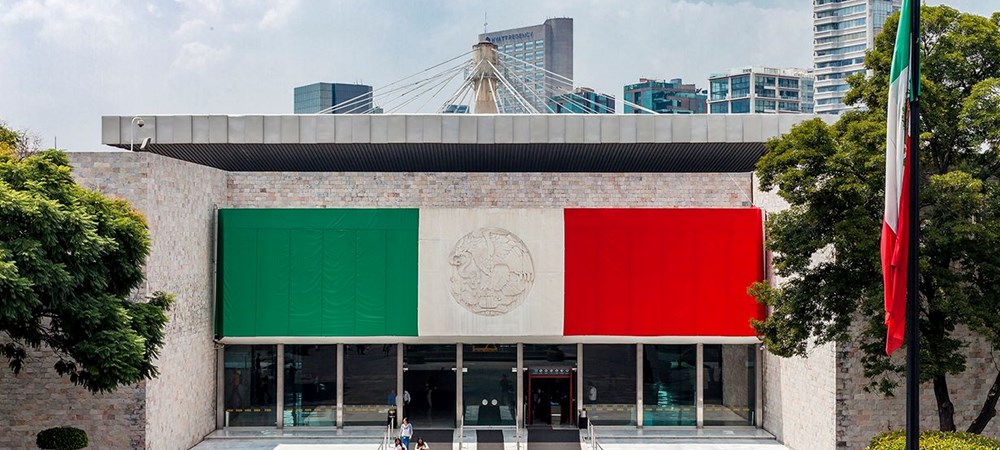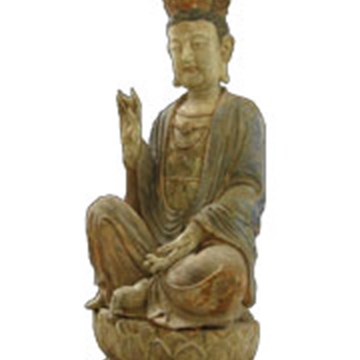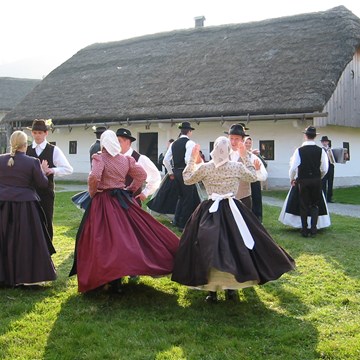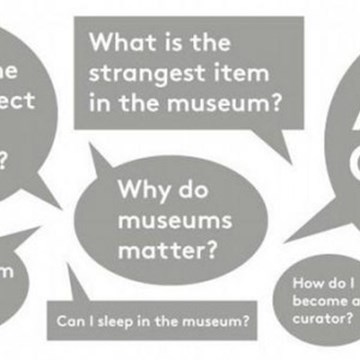National Museum of Anthropology
Museo Nacional de Antropología
National Museum of Anthropology (Museo Nacional de Antropologia) in Mexico City contains the world's largest collection of ancient Mexican art and also has ethnographic exhibits about Mexico's present-day indigenous groups.
Highlights:
- The Sun Stone or Aztec Calendar
- Recreation of Pakal's tomb in Maya exhibit room
- Jade mask of the Zapotec Bat God in Oaxaca exhibit room
The museum has 23 permanent exhibit halls. Archaeology exhibits are located on the ground floor and ethnographic exhibits about present-day indigenous groups in Mexico are on the upper level.
When you enter the museum, the rooms on the right hand side show the cultures that developed in Central Mexico and are organized in chronological order. Start on the right and make your way around counter-clockwise to get a feel for how the cultures changed over time, culminating in the Mexica (Aztec) exhibit, full of monumental stone sculptures, of which the most famous is the Aztec Calendar, commonly known as the "Sun Stone."
On the left of the entrance are halls devoted to other cultural areas of Mexico. The Oaxaca and Maya rooms are also very impressive.
Several of the rooms have recreations of archeological scenes: murals in the Teotihuacan exhibit and tombs in the Oaxaca and Maya rooms. This gives the chance to see the pieces in the context in which they were found.
The museum is built around a large courtyard, which is a nice place to sit when you want to take a break. The museum is big and the collection is extensive, so be sure to set aside enough time to do it justice.
Exhibitions and events
We don't have anything to show you here.
Educational programs
We don't have anything to show you here.
Collections
We don't have anything to show you here.
















